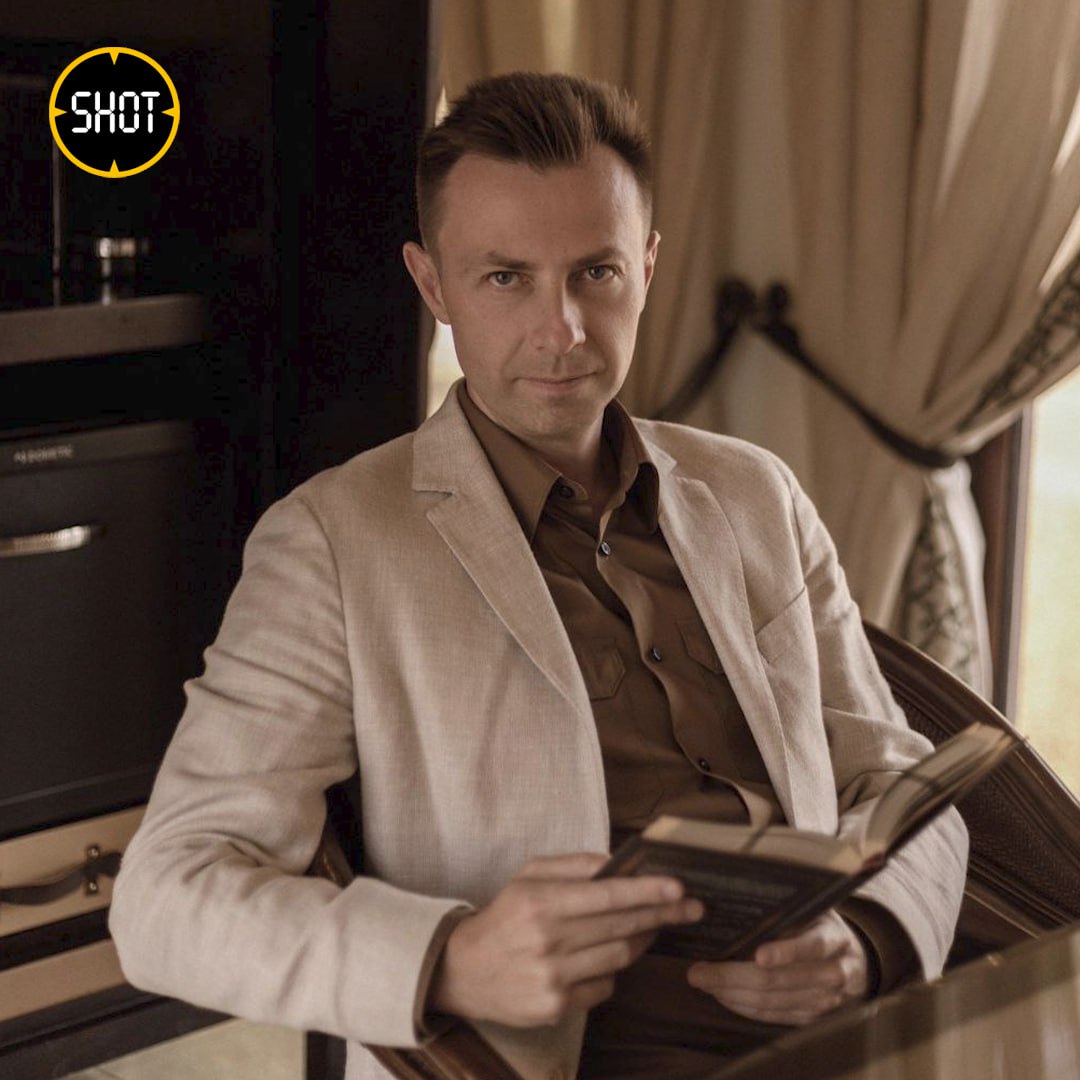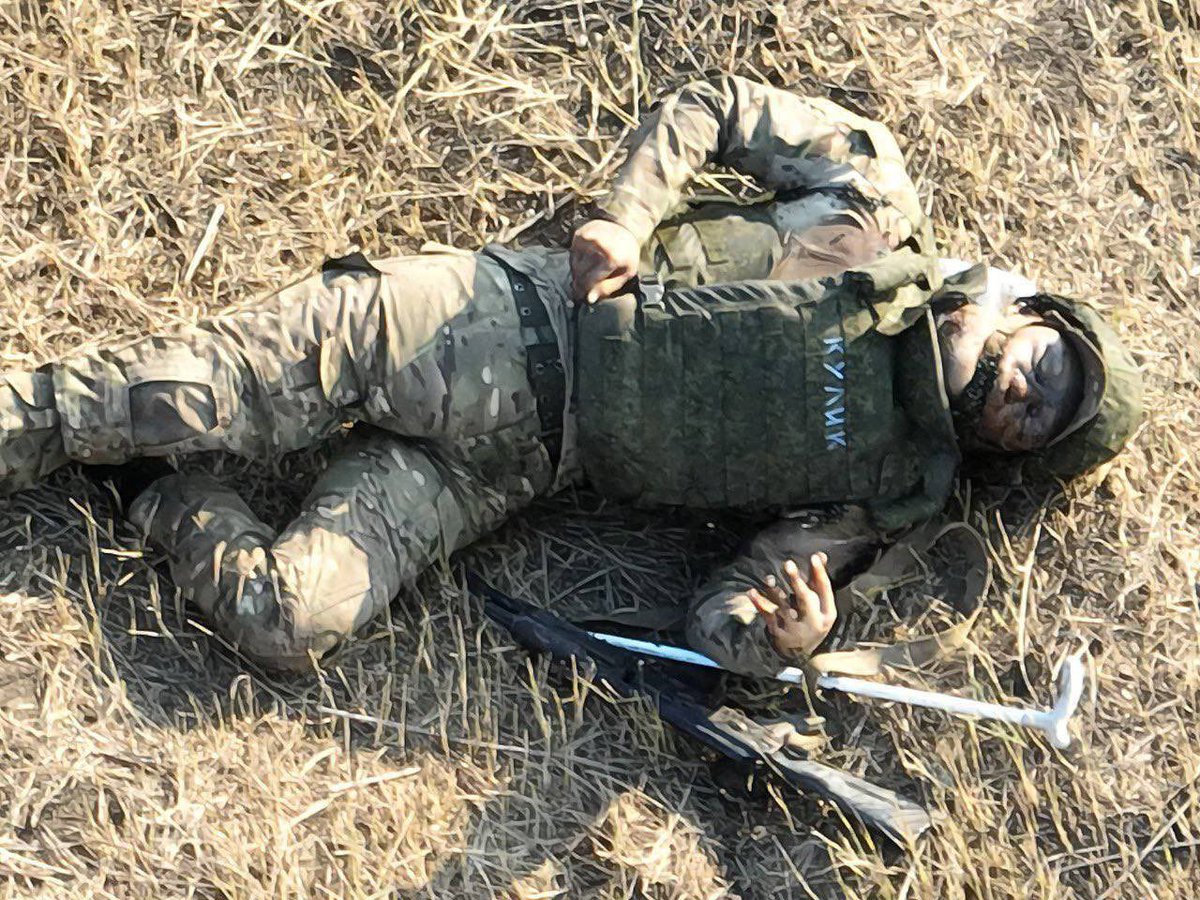1/ Russian regions are spending hundreds of millions of rubles to equip schools with life-size mock weapons and 'combat wound simulators'. Children will be taught battlefield medicine and basic military drills, as part of a plan to create Russia's next generation of soldiers. ⬇️ 

2/ 'We can explain' reports that from the start of the current new school year in Russia, children are being taught a new 'Fundamentals of Security and Defense of the Motherland' (OZBR) course. At least 177 million rubles ($2 million) has been spent on equipment for the course.
3/ This includes combat wound simulators and life-size realistic models of automatic rifles, pistols, grenades, anti-personnel land mines, and even light machine guns, intended for children at grades 5 to 11. The procurement is being funded by Russia's individual regions.
4/ In Crimea, for instance, the regional government has allocated 125 million rubles ($1.4 million) to purchase new equipment for its 534 schools, including 1,044 replica Kalashnikov assault rifles and 1,044 Makarov pistols – approximately 2 rifles and 2 pistols for each school.
5/ The new OZBR course reflects Russia's increasingly militaristic outlook. It replaces the old Fundamentals of Life Safety course, introduced in 1990 to provide safety instruction including lessons in occupational safety, ecology, and civil defence.
6/ The course was developed in 2023, when it was published in draft, and was introduced into schools this month. The draft version included teaching high school children how to master combined arms combat operations, which was replaced by lessons on weapons of mass destruction.
7/ In recent years, Russian schools have been increasingly militarised. Summer camps and even churches have offered young children lessons in trench warfare, mine-laying and the use of bayonets.
https://x.com/ChrisO_wiki/status/1669048564742250504
8/ In 2023, the Russian government changed the law to allow teenagers to join the army – and go into combat – straight out of school. This has already led to 18-year-olds being killed fighting in Ukraine. /end
https://x.com/ChrisO_wiki/status/1742483606101004464
Source:
t.me/mozhemobyasnit…
t.me/mozhemobyasnit…
• • •
Missing some Tweet in this thread? You can try to
force a refresh










